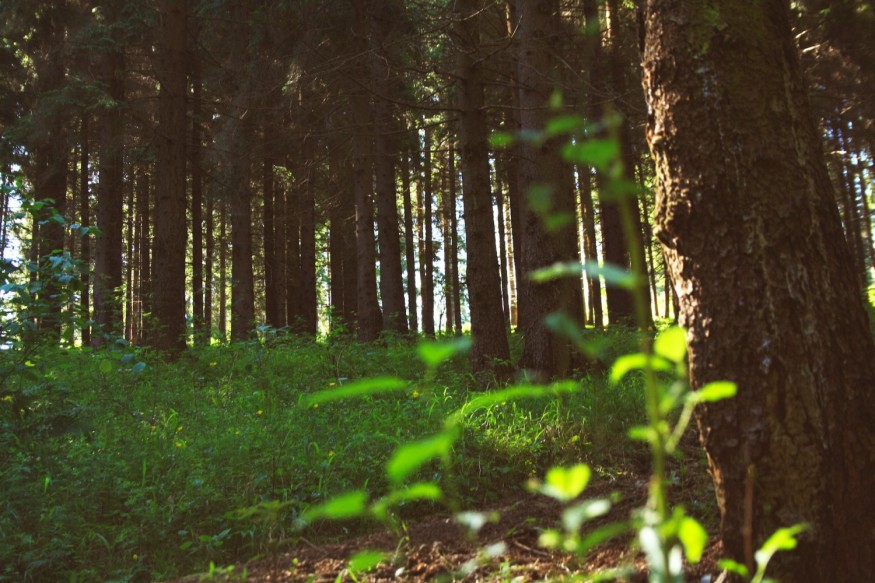Non-native species appear to be better at resisting extreme weather, posing a significant threat to native plants and animals and possibly creating more favorable conditions for invasive species under climate change.

Threats From Invasive Species
Invasive species introduced by humans usually possess traits that allow them to survive or even thrive when ecosystems are disturbed by artificial establishments, storms, or wildfires. For instance, invasive plants are generally fast-growing, which enables them to fill gaps before native species can even recover from such disturbances. They are also very good at seed dispersal, allowing them to colonize disturbed areas quickly.
From this information, scientists have long suspected that extreme weather and the spread of non-native species could be linked. Removal of native plants and animals due to extreme weather increases the availability of resources like space and water. Invasive species can then capitalize on these new resources to establish themselves.
Even more concerning is the possibility of extreme weather interacting with non-native species and exacerbating their effect on native biodiversity. The relationship between these two drivers of global change can threaten native plants and animals and cost countries billions of dollars in the future. Because of this, ecologists need to identify priority areas and species that can be targeted to minimize costs and prevent the loss of native biodiversity.
Responding to Bad Weather
To gain more insights into the response of native and non-native species to extreme weather events, a group of scientists reanalyzed data from 443 peer-reviewed studies on how species responded to storms, droughts, and wildfires. They gathered data on 187 non-native species and 1,852 native species from all major animal groups.
The research findings suggest that native and non-native species may respond differently to extreme weather conditions. 24.8% of non-native species benefited from extreme weather events compared to only 12.7% of native species.
For instance, native species in freshwater and land-based ecosystems are harmed by droughts, but their non-native counterparts did not respond significantly. Furthermore, organisms in marine ecosystems were more resistant to extreme weather, with fewer differences between native and non-native species.
The research authors combined this information with known global hotspots of extreme weather and identified areas where native species may be vulnerable to the combination of extreme weather and invasive species. They discovered that areas in high latitudes like the northern U.S. and Europe are vulnerable to extreme cold spells and possess non-native species that benefit from such conditions.
On the other hand, areas of the western Amazon in Brazil and East Asia were shown to be vulnerable to flooding and possess flood-resistant non-native species. In these regions, non-native species could benefit from increasing flooding and pose a more significant threat to native plants and animals.
Regions identified as vulnerable can be targeted with early preventive measures to help native biodiversity cope with climate change and stop the spread of invasive species. The result of this study can also enable targeted restoration in removing non-native species and creating invasion-resistant native communities that could better withstand environmental conditions in the future. Such actions are crucial as we learn to adapt to climate change and a greater mixing of plants and animals worldwide.
Check out more news and information on Invasive Species in Science Times.










